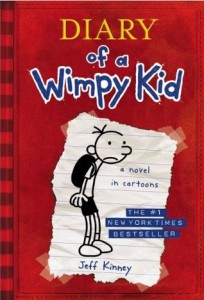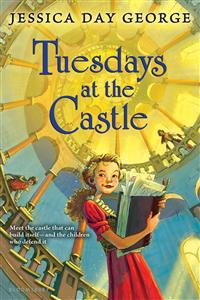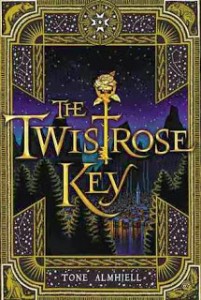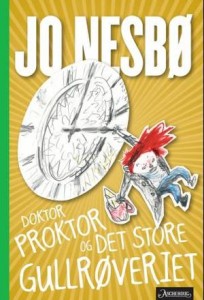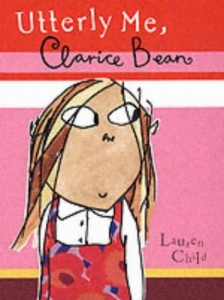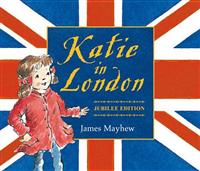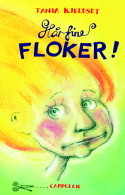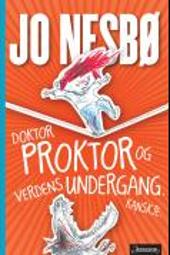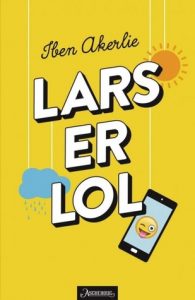 Jeg hadde egentlig notert meg Lars er LOL av Iben Akerlie uansett, men når den havnet på langlista til Bokbloggerprisen 2016 og det i tillegg passet seg sånn at jeg nettopp var ferdig med Sweet Masterpiece og derfor trengte en ny ebok for «fem minutter til rådighet til å lese på mobilen» situasjoner var det bare å låne boka i ebokbib. Etterhvert fenget den riktignok såpass at det ble mer strekklesing enn den kriseløsninga lesing på mobil vanligvis er.
Jeg hadde egentlig notert meg Lars er LOL av Iben Akerlie uansett, men når den havnet på langlista til Bokbloggerprisen 2016 og det i tillegg passet seg sånn at jeg nettopp var ferdig med Sweet Masterpiece og derfor trengte en ny ebok for «fem minutter til rådighet til å lese på mobilen» situasjoner var det bare å låne boka i ebokbib. Etterhvert fenget den riktignok såpass at det ble mer strekklesing enn den kriseløsninga lesing på mobil vanligvis er.
Boka er skrevet i jeg-form og fortelleren er Amanda, som gleder seg til å begynne på skolen igjen etter ferien. Delvis grugleder hun seg til å se Adam, som hun er forelsket i, igjen og delvis er dette det året hennes klassetrinn er faddere for førsteklassingene. Men så viser det seg at Amanda er blitt plukket ut til å være fadder for et helt spesielt barn. Ikke en søt seksåring, slik hun har sett for seg, men for den jevngamle Lars som har Downs syndrom. Amanda, som hittil har forsøkt å forholde seg ganske nøytral og usynlig, ikke blant de kuleste, men heller ikke blant de som er mest utsatt for mildere former av mobbing, føler seg slett ikke klar for å være en synlig forsvarer for Lars. Det utvikler seg et reellt vennskap mellom Amanda og Lars på ettermiddagstid, men samtidig forsøker Amanda å opprettholde en form for nøytralitet på skolen. Det går selvsagt ikke bra i lengden, og snart må Amanda velge hva slags person hun egentlig vil være.
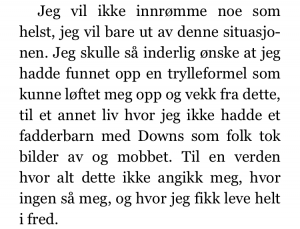
Jeg skjønner hvorfor Lars er LOL har blitt en favoritt, både blant bokbloggere og i målgruppen (boka vant ARKs barnebokpris 2016, stemt fram av femte-, sjette- og sjuendeklassinger). Ikke minst er historien fengende og har godt driv, mot slutten gikk pulsen høyt mens jeg ventet på klimakset i konflikten. Den tar dessuten Amandas dilemma på alvor, og jeg føler at det er viktig at det skrives historier som viser hvordan motivasjon for mobbing – eller unlatelsessynden å late som ingenting når noen andre mobbes – ofte er ønsket om ikke å bli mobbet selv og å holde seg inne med de «kule». Det som manglet for meg var bedre utdyping av noen av bipersonene, særlig Amandas venner Sari og Kay, blir litt for todimensjonale til at jeg helt får tak i hvordan de påvirker Amandas valg. De to jentene som står for hovedandelen av mobbingen oppleves også litt karikerte. Det er et mindre problem, og sikkert enda mindre hos målgruppen.
Et stort pluss er framstillingen av Lars. Det er ikke akkurat overflod av litterære portretter av personer med Downs, hverken i barne- eller voksenlitteraturen, og det er derfor godt med noe som kan rive ned en fordom eller to.
Jeg humret godt over lærerportrettene, både kontaktlæreren og gymlæreren er godt gjenkjennelige typer som nesten bikker over i karikatur, men bare nesten. De fleste av oss har nok møtt på en Janne eller en Stein Vidar i vår ferd gjennom det norske skoleverket.
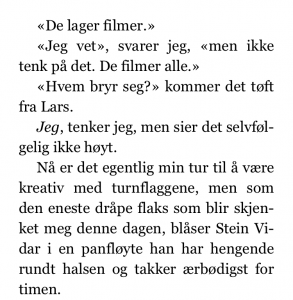
Det som virket mest forstyrrende for meg var enkelte av delene av historien som omhandlet Adam. Misforstå meg rett, Adam er ekstremt viktig for Amandas motivasjon, hun tror at hun må være «kul» for at han skal legge merke til henne, men særlig den aller siste scenen med Adam følte jeg var overflødig og flyttet fokuset vekk fra hovedtemaet i boka. Der hadde nok den 11-årige versjonen av meg selv vært uenig, så det er mulig forfatter og forlag har gjort det rette, men jeg ville personlig strøket hele scenen.
En annen svakhet ved boka er at Amandas observasjoner av det som skjer veksler mellom å være troverdig for alderen og overdreven modenhet og av og til overdreven umodenhet. Det er nok også noe som plager meg mer som voksen leser enn det ville plaget meg om jeg var 11.
Alt i alt vil jeg på det sterkeste anbefale Lars er LOL. Særlig om du er i målgruppen (eller kjenner noen som er det som du kan gi den til).
